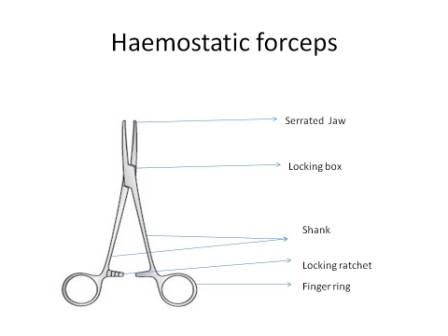Haemostatic forceps, also known as hemostats, are surgical instruments used to control bleeding during surgical procedures. They are designed to clamp blood vessels or tissues to prevent blood flow, allowing the surgeon to operate without obstruction or excessive bleeding.
Haemostatic forceps consist of two opposing jaws that are connected by a pivot point. The jaws are serrated and have interlocking teeth that provide a firm grip on the tissue being clamped. They also come in various shapes and sizes to suit different surgical procedures.
Features of haemostatic forceps
One of the unique features of haemostatic forceps is their ability to apply uniform pressure to the tissue being clamped, which helps to minimize damage to surrounding tissues. This is important, especially in delicate surgical procedures where precision is critical.
Another unique feature of haemostatic forceps is their versatility. They can be used for a wide range of surgical procedures, from minor procedures such as suturing to major procedures such as open-heart surgery. They are also commonly used in dentistry and veterinary medicine.
In addition to their use in surgery, haemostatic forceps are also used in emergency medicine and first aid. They can be used to control bleeding in wounds and injuries before the patient can be transported to a hospital for further treatment.
Haemostat material
Haemostatic forceps are typically made of high-quality stainless steel, which makes them durable and resistant to corrosion. They can be sterilized and reused, making them a cost-effective and environmentally-friendly option for surgical procedures.
In conclusion, haemostatic forceps are a unique and valuable tool for controlling bleeding during surgical procedures. Their ability to apply uniform pressure and their versatility make them an essential instrument in a wide range of medical settings. With their durability and ease of sterilization, haemostatic forceps are likely to remain a fundamental tool in surgery and emergency medicine for years to come.